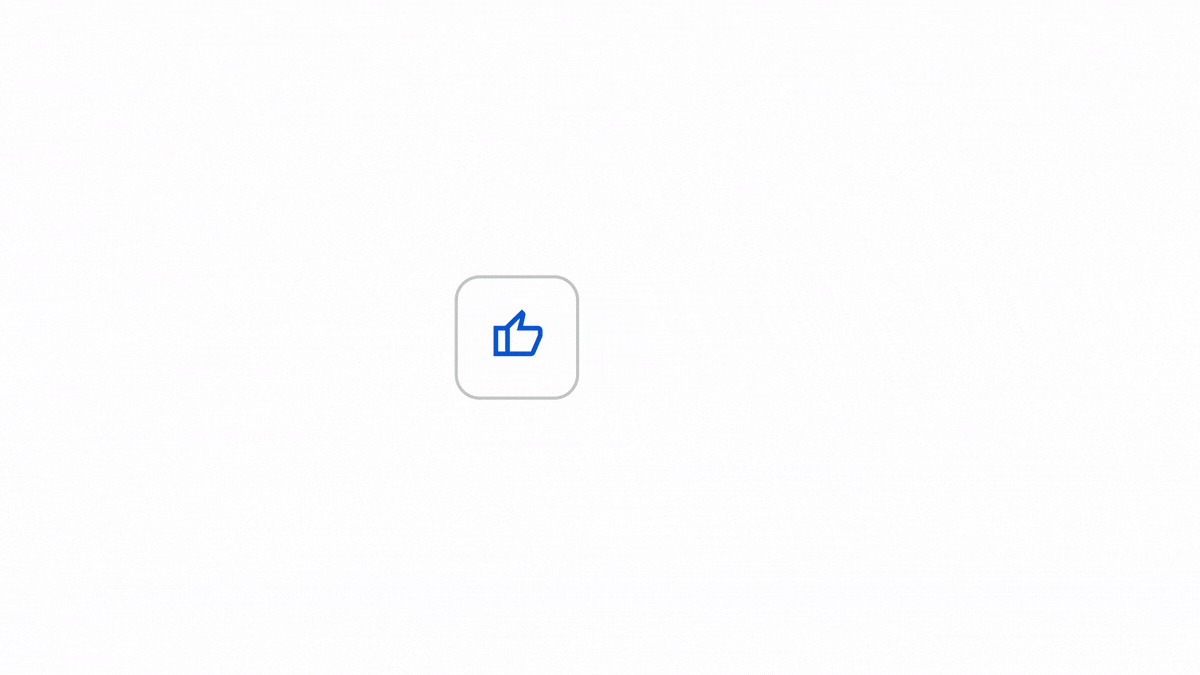It has been an incredible experience witnessing the innovative and imaginative ways in which people have engaged with Bard, our collaborative generative AI experiment. Personally, I’ve gained some fantastic ideas to teach my 7-year-old fractions in a fun and interactive manner!
Since the initial launch of Bard in the U.S. and the U.K., we have received valuable feedback and made rapid adaptations to enhance your experience. We recently migrated Bard to PaLM 2, a highly capable large language model, which has facilitated several recent improvements, including advanced math and reasoning abilities, as well as coding capabilities. Coding has quickly emerged as one of the most popular activities people engage in with Bard.
However, this is just the beginning of our journey. Today, we are introducing new ways for you to collaborate with Bard and providing insights into our vision for the future.
Reaching a Wider Audience with Bard

As we continue to refine Bard and introduce new features, our aim is to make it accessible to more people, allowing them to try it out and share their feedback. Therefore, we are eliminating the waitlist and expanding Bard’s availability to over 180 countries and territories, with plans to include even more in the future.
Furthermore, Bard is now accessible in Japanese and Korean, and we are on track to support 40 languages soon. We have always emphasized that large language models are still emerging technologies with certain limitations. As we expand further, we will maintain our commitment to delivering high-quality results that are sensitive to local nuances, while adhering to our AI Principles.
Enhancing Visual Interactions with Bard

In the near future, Bard will become more visually oriented, both in its responses and the prompts it receives from users. You will be able to ask questions like, “What are some must-see sights in New Orleans?” and Bard will provide not only text-based answers but also accompanying visual content, enabling you to gain a more immersive understanding of your explorations.
Additionally, you will have the ability to include images alongside text in your prompts, unlocking new levels of imagination and creativity. To achieve this, we are integrating the power of Google Lens directly into Bard. For example, if you upload a photo of your dogs and prompt Bard to “write a funny caption about these two,” it will analyze the image using Google Lens, identify the dog breeds, and swiftly generate several creative captions within seconds.
Introducing Coding Upgrades and Export Features
Collaborating closely with our users is vital in our mission to improve Bard continually. As part of this effort, we are incorporating feedback from developers to implement key coding upgrades, including the following:
Source citations: Starting next week, we will enhance the precision of citations. When Bard includes a block of code or references other content, simply click the annotation, and Bard will underline those sections in the response, providing source links.
Dark theme: Today, we are launching the Dark theme, a feature frequently requested by developers. We believe this addition will significantly improve the readability and ease of interacting with Bard, particularly for extended coding sessions.
“Export” Button: Building on the popularity of the export to Colab feature, we are introducing the ability to export and run code using our partner, Replit, starting with Python. This feature will empower developers to seamlessly transition their work from Bard to Replit.
Furthermore, recognizing that many users rely on Bard for drafting emails and documents, we are launching two new Export Actions. These actions enable you to effortlessly transfer Bard’s responses directly into Gmail and Docs. For instance, suppose you are a passionate pickleball enthusiast like myself, organizing a new pickleball league.
Source: Google

